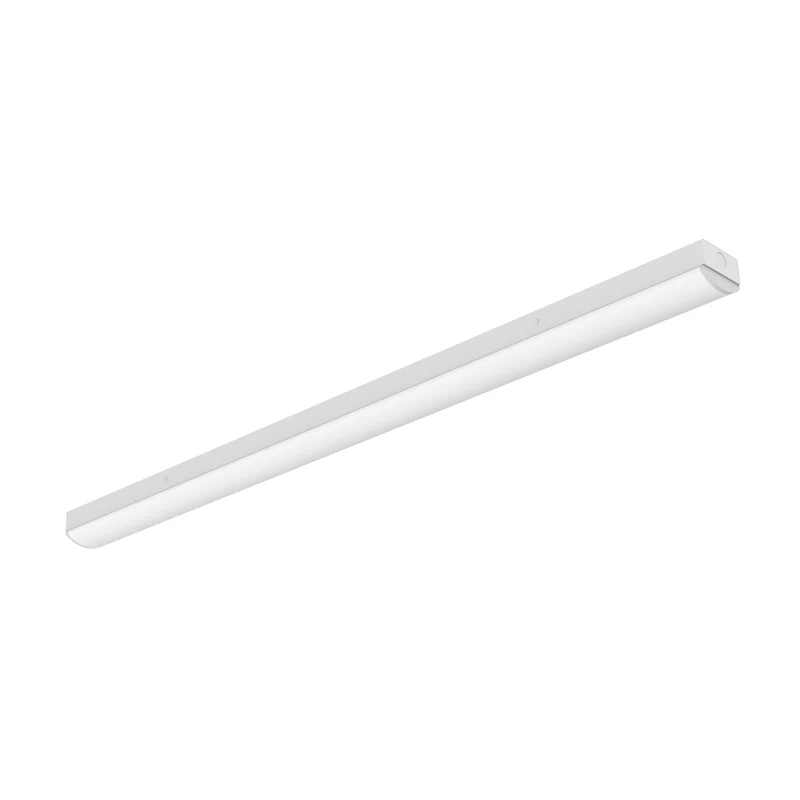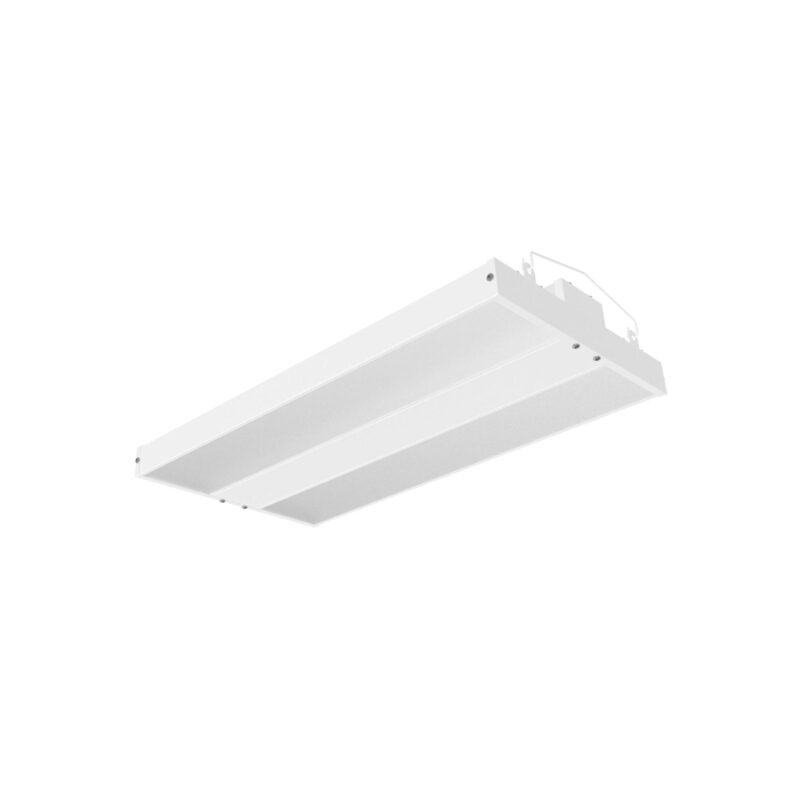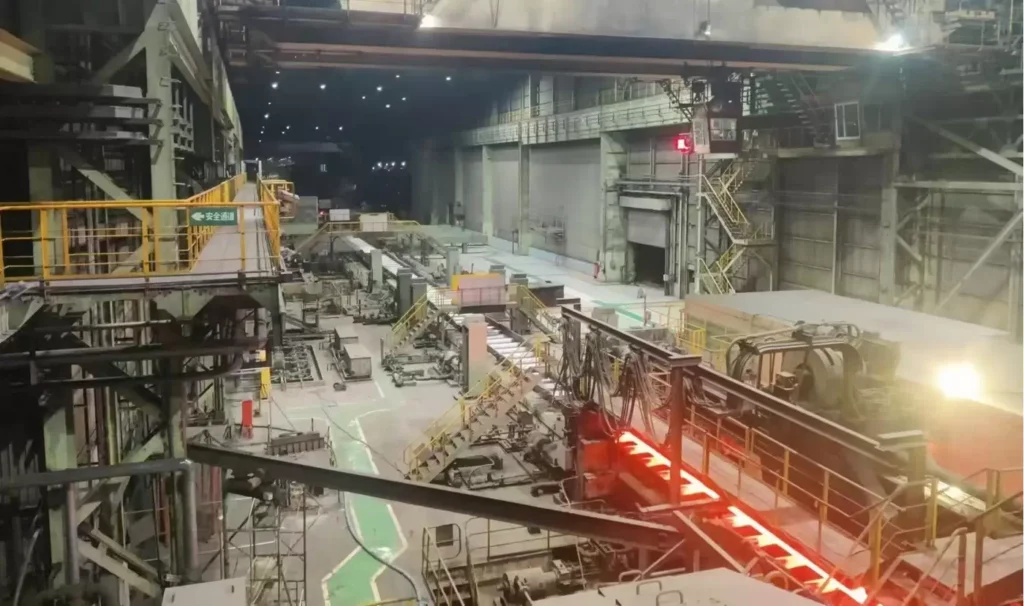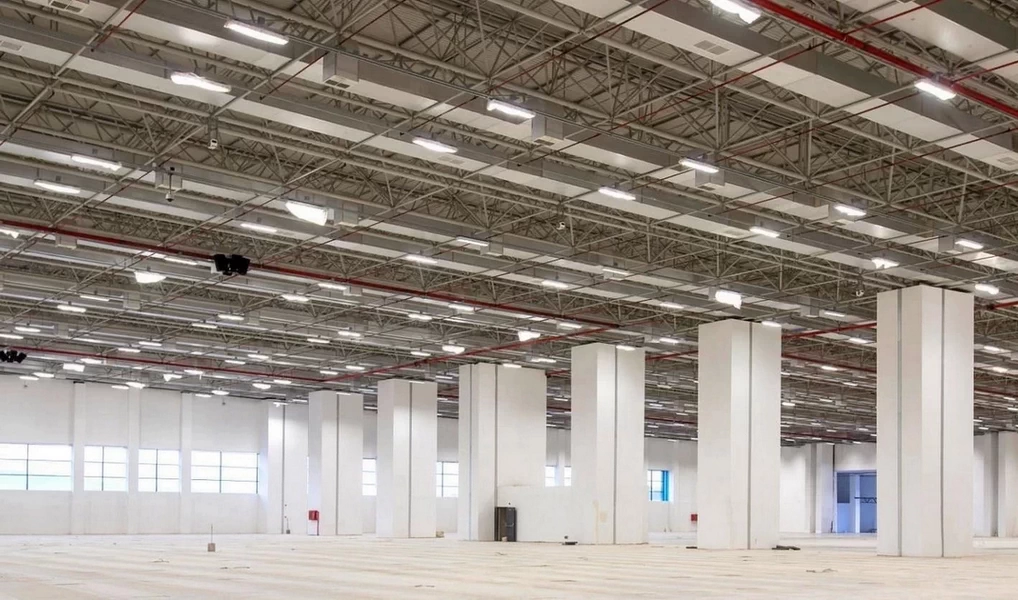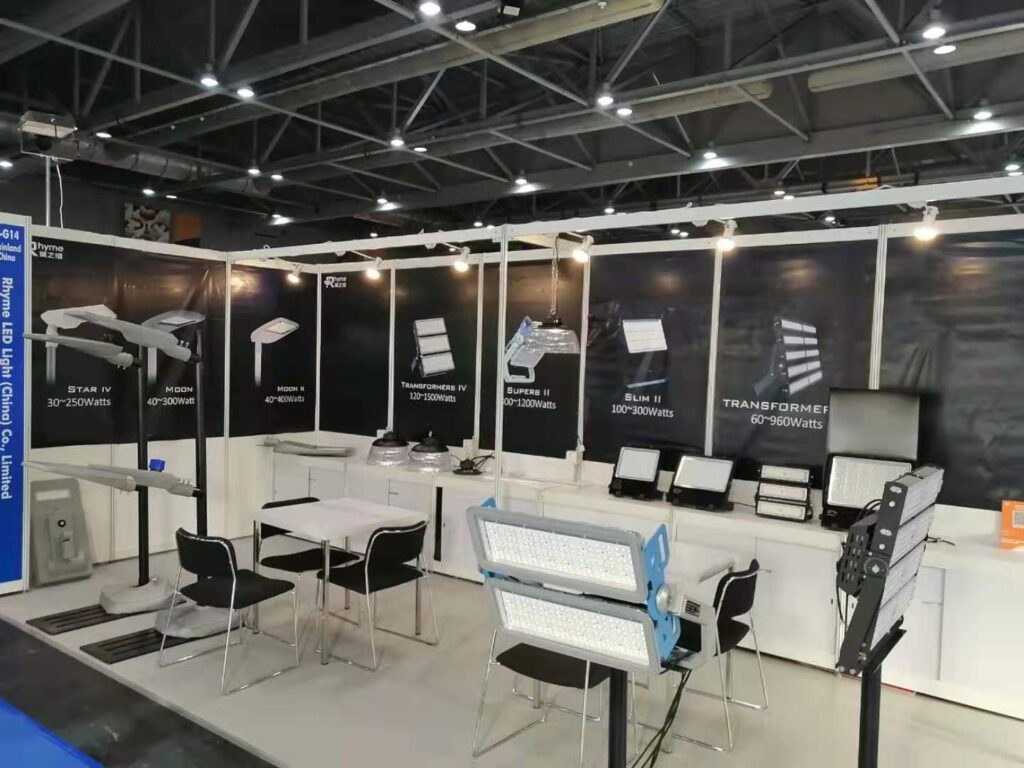LED Tennis Light Layout Lighting Guide | LEDRHYTHM

Tennis is one of the popular sports today. If we want to fully enjoy the joy brought by sports, tennis court lighting is crucial. So when choosing LED tennis lights, how should we choose the right tennis ball according to our own venue? Lamps, how to layout them, and what you need to pay attention to:
What are the basic precautions for LED tennis court lighting?
1. The illumination must meet the standard. The International Tennis Federation recommends that the average illumination in professional tennis courts should be at least 500 lux and in important events at least 1,000 lux. Insufficient illumination can affect athlete performance and spectator experience.
2. Uniform illumination. The illumination of each area of the site should not be too different, and the visual effects must be consistent. Uniformity can be improved using pulse width modulation technology.
3. Color temperature selection. The color temperature of tennis lights is preferably 5000-6500K white light, which is close to the sunlight effect and is helpful for athletes to recognize and judge the ball.
4. Tennis light anti-glare design. Tennis lights avoid direct glare that interferes with vision. Glare control technologies such as reflective cup optical lenses can be used.
5. Night visibility. The contrast between day and night is obvious, and the lighting is discernible and continuous.
6. Backup power configuration. For important events, at least two backup power supplies are provided to ensure that the power supply can be automatically switched to continue the game in case of emergencies.
7. Tennis light is lightning-proof design. Tennis court lights should be equipped with lightning protection grounding devices on site to ensure the safety of electrical equipment.
8. The tennis light has IP65 protection level. The power box is designed to be waterproof and dustproof to ensure reliable outdoor use.
9. Post-maintenance. The lamps are easy to replace and repair, and on-site repairs can be arranged for important events.
The use of LED lighting can provide a professional and high-quality lighting environment for tennis courts and enhance the game experience.
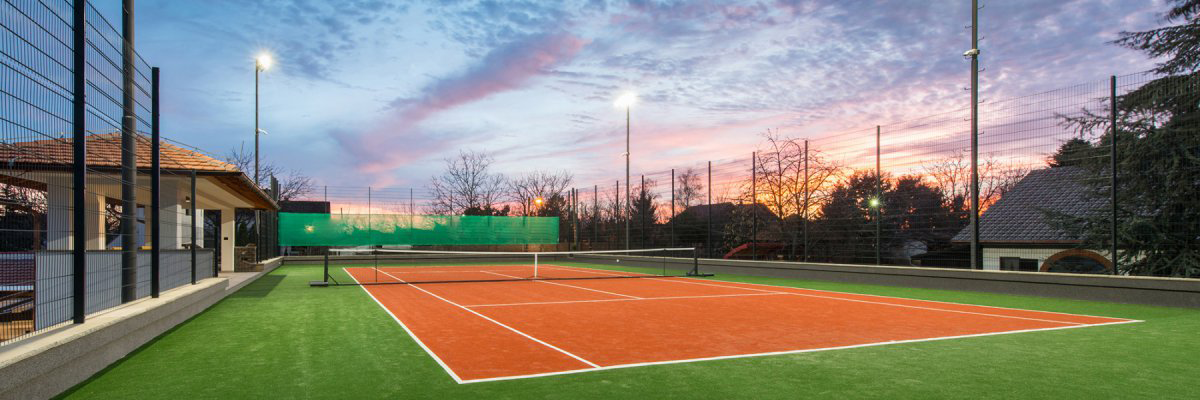
What is the necessity of layout and design of LED tennis court lighting?
1. Layout
1. Determine the height and position of the light pole according to the size of the site. Usually, a main pole is installed at each of the four corners to cover the entire field; an auxiliary pole is added on each side to ensure uniformity.
2. The height of the main pole is generally 40-60 meters, and a mobile lifting design can be used to facilitate maintenance. The height of the auxiliary pole is slightly lower than that of the main pole.
3. The LED lamps are installed on the top of the pole in a downward-illuminating style with adjustable angles to ensure that the light is fully projected on the field.
4. For important events, additional spotlights can be installed at the main camera position to follow the lights.
2. Design
1. Use famous master-grade spherical mirror and LED packaging technology to improve light efficiency and illumination.
2. Design an independent electrical control system to enable remote intelligent management.
3. Design an emergency system that can automatically switch to the backup power supply within 10 milliseconds if the main power supply fails.
4. Dynamic scene modes can be designed according to event needs to achieve a variety of colors and effects.
5. Use directional light technology to avoid light pollution to nearby buildings and audiences.
6. Provide different training modes and adjust the illumination intensity.
Reasonable LED tennis court lighting layout and design can create a professional, high-standard competition and training venue, improving the experience of players and spectators.

What requirements and standards should LED tennis court lighting meet?
1. Illumination standard
1. International Tennis Federation (ITF) standards:
– Average illumination ≥500 lux, important events ≥1000 lux.
2. Chinese national standard GB 50034-2013 stipulates:
– The average illumination of professional competition venues is ≥750 lux.
– The average illumination of the training venue is ≥500 lux.
2. Uniformity standard
The illumination uniformity index Emin/Emax ≥ 0.7, and the ratio of the minimum value to the maximum value of illumination is at least 0.7.
3. Color standards
Color temperature 5000-6500K, display index Ra≥80, color rendering evaluation R9≥50.
4. Anti-glare standards
The unified glare reduction UGR is less than 22 to avoid the problem of direct light glare.
5. Lighting efficiency
System lighting efficacy ≥120 lm/W, luminous efficiency ≥140 lm/W.
6. Light attenuation standards
During the service life, the illumination attenuation is ≤15%.
7. Other requirements
Fast light filling (within 10ms), waterproof, lightning protection, intelligent control and other requirements.

